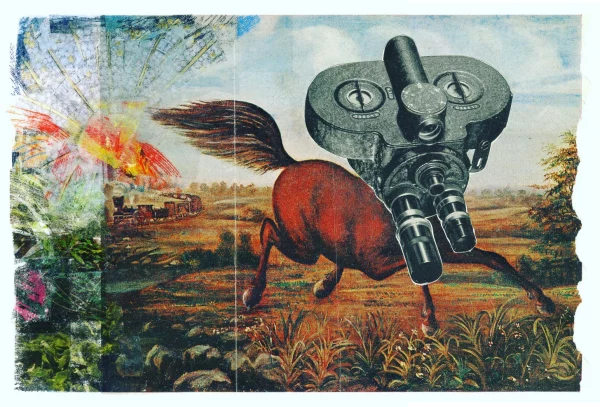
In Tuesday’s newsletter, I wrote about how there are very few collage problems that can’t be solved with a photocopier.
@austinkleon Collage problems #collage
? original sound – Austin Kleon

In Tuesday’s newsletter, I wrote about how there are very few collage problems that can’t be solved with a photocopier.
@austinkleon Collage problems #collage
? original sound – Austin Kleon

An entry from 12/3/1961 in Susan Sontag’s journals. (via)
The writer must be four people:
1) The nut, the obsédé
2) The moron
3) The stylist
4) The critic1 supplies the material; 2 lets it come out; 3 is taste; 4 is intelligence.
A great writer has all 4 but you can still be a good writer with only 1 and 2; they’re most important.
See also: The four energies
Stewart Brand once said to Brian Eno: “Why don’t you assume you’ve written your book already — and all you have to do now is find it?”
In a similar vein, I enjoyed this story of how KC Davis, author of the brilliantly-titled How To Keep House While Drowning, wrote their book:
I had long stared at blank word documents, unable to get my thoughts on the page. I’m actually not a great writer — but I am a pretty good speaker. So I went back through my social channels and transcribed every short form video I had ever done on this topic and that left me with all these disjointed paragraphs. I spent another two months trying to decide how to connect these little vignettes into a “real” book and finally realized that my choices were to publish an imperfect book or not publish the perfect book. So I decided to make each section its own chapter — some only a page long.
I’m reminded of this advice from Matt Zoller Seitz:
Here is a technique I suggest to fellow writers who are blocked for whatever reason: just talk about the piece with a friend, record it, then play it back and write down the good stuff. This method also works with Gchat & similar programs. Go straight to document after.
And how Nicholson Baker wrote his brilliant book The Anthologist by filming himself with a camcorder:
He set up a camcorder and recorded himself presenting in various parts of his house. “I would try to rehearse what it would be like to explain something complicated, like iambic pentameter, in a familiar way,” says Baker, who also found himself singing poetry in his own barn, in Maine. “How would you explain it if you’d been thinking about it for twenty years? So I came up with 40 hours of tape and transcribed the audio.”
I suppose one could skip the transcription step by talking directly into the computer’s speech-to-text?
I know a lot of songwriters do this with song ideas: they record a bunch of voice memos on their phone, but then they make time to listen to what they’ve recorded, often on shuffle.
Regardless of the tech you use, the method is: record yourself thinking out loud, and once you’ve transcribed that into a draft: edit yourself by reading out loud.
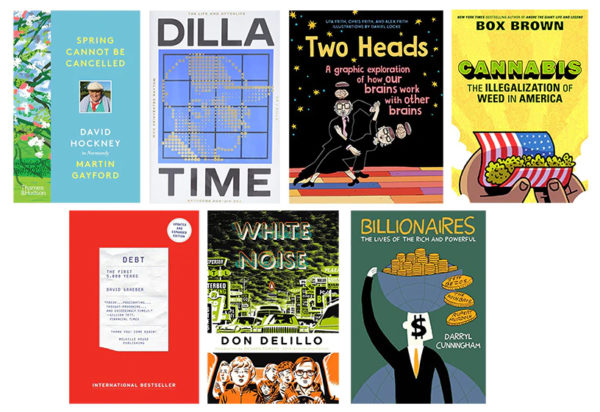
In today’s newsletter, I shared a list of 26 books I picked up (and put down) this spring. Here are my 7 favorites (that I actually finished) in the order I read them:
Spring Cannot Be Cancelled: David Hockney in Normandy
Martin Gayford
A wonderful portrait of Hockney in lockdown and all his thoughts about art. Bought it last year and saved it for the next spring. Right book, right time. Just the lift I needed. Gorgeous art and beautiful writing. Loved it. (I quoted Gayford in the afterword for the 10th anniversary of Steal Like an Artist: “Once you start looking back, you have stopped moving forward; and what is proverbially said of sharks is true – at least metaphorically – of artists: if your forward momentum ceases, you die.”)
Dilla Time: The Life and Afterlife of J Dilla, the Hip-Hop Producer Who Reinvented Rhythm
Dan Charnas
I biked over to Black Pearl Books to pick this up and had to put it on hold because it was so popular. Worth the wait: it hit upon so many of my interests — music, theft, stuttering, the creative (mis)use of technology, genius vs. scenius, etc. I do think it’s too long and could’ve benefited from cutting: The structure is so brilliant and it cruises in the beginning, but gets slowed down under swollen chapters towards the end. (As Sasha Frere-Jones pointed out, this is a good 400-page book that contains a brilliant 250-page book.)
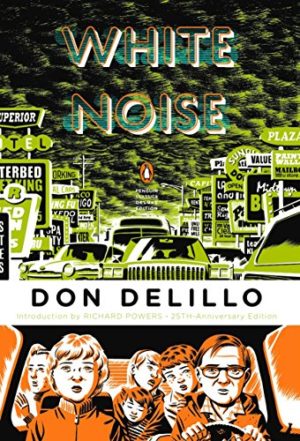
White Noise
Don Delillo
“Enjoy these aimless days while we can, I told myself, fearing some kind of deft acceleration.” White Noise won the National Book Award two years after I was born, but it felt like it could’ve been written yesterday. (Delillo was obviously inspired by Ernest Becker’s The Denial of Death, a book I read this winter.) I avoided it for years because it seemed like an MFA lit-bro favorite, but it turned out to be my favorite thing I read this spring. Two takeaways from that: 1) you can’t necessarily judge art based on its fans 2) The classics, even contemporary classics, are so much weirder and deeper than you even suspect!
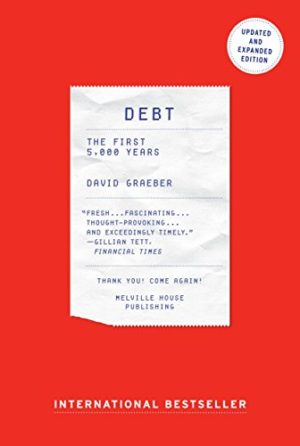
Debt: The First 5000 Years
David Graeber
I’m fascinated by the way money can both bring stability and instability into our lives, so I wanted to read a philosophical book about money and its impact on community and culture. When I asked Twitter, this was the book the most people recommended to me. (I also liked Graeber’s Bullshit Jobs, though I think the original essay is just as powerful.)

Billionaires: The Lives of the Rich and Powerful
Darryl Cunningham
The proliferation of YA comics and non-fiction all-ages comics is, in my opinion, one of the more exciting publishing developments. Towards the end of the spring, I started picking up a bunch of stuff from our library’s “graphic novel” section. I liked the drawings in this volume a bit more than Cunningham’s Putin’s Russia: The Rise of a Dictator — I enjoy his stuff more when he stays more abstract in his drawings. Both books are quite timely and well-worth reading.
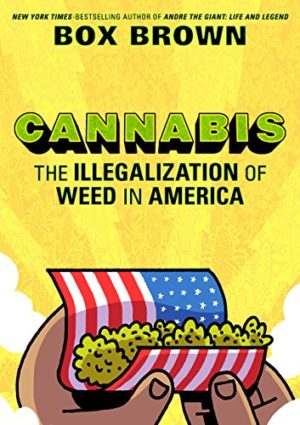
Cannabis: The Illegalization of Weed in America
Box Brown
One of the best cartoonists working in nonfiction comics is Box Brown. A great example of someone who can really draw (I find his drawings really pleasing) who picks compelling and well-matched subjects. I recommend all of his books (once upon a time we did a gig together at Bookpeople) but this history of marijuana is him at his best.
 Two Heads: A Graphic Exploration of How Our Brains Work with Other Brains
Two Heads: A Graphic Exploration of How Our Brains Work with Other Brains
Written by Uta Frith, Chris Frith, and Alex Frith, illustrated by Daniel Locke
This is a delightful non-fiction comic book written by a team of neuroscientists and their author son. A perfect mashup of content and form and collaboration. (Paired extremely well with all the McGilchrist and reading on autism that I’ve been doing.) I really doubt a book like this would’ve been published 20 years ago — great example of what you can do with the form.
* * *
If you enjoyed this, I highly recommend you check out the newsletter and the great book discussions we’re having over there.
Also, here are 10 good books I read this winter and 15 years of yearly reading recommendations.
In today’s newsletter I shared a batch of one-page diary exercises along with the gear that I use that everyone seems to ask me about!
Here’s one of them:
@austinkleon Easy one page diary exercise #kleondiaries
And here’s what the newsletter looks like before I write it:
This site participates in the Amazon Affiliates program, the proceeds of which keep it free for anyone to read.